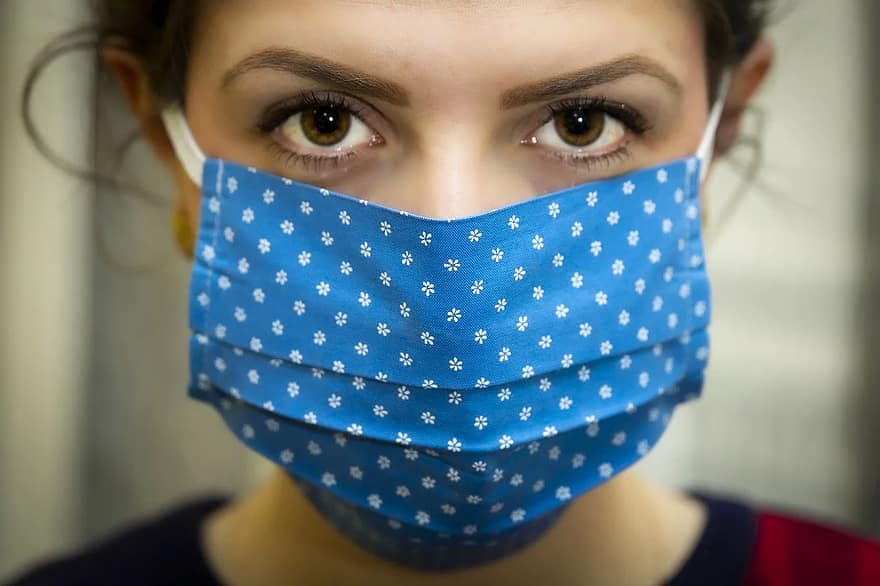
While individuals and households were adjusting to the new reality of social isolation as the COVID-19 pandemic hit, human service organisations were scrambling to figure out how best to keep supporting our most vulnerable community members despite physical distancing restrictions. Social Futures is a social services provider based in regional NSW. We wanted to do something to help other local organisations get prepared and meet the challenges emerging from the health crisis.
Through our existing Better Chances Forum which is convened by Social Futures, we were able to provide a fortnightly online meeting space where local services could connect and collaborate with each other in conversations around supporting vulnerable community members.
The use of the Better Chances Forum was important because it brings together sector professionals who work with vulnerable children, young people and families – where there are heightened concerns about the risk of homelessness, domestic and family violence and disengagement from school and community as a result of the lockdown and economic impacts.
Almost fifty professionals from 24 organisations have connected with the sessions since we began holding them in early April.
The sessions have helped to break down barriers and raise awareness in the sector of additional resources and assistance available to support the families they work with.
As a sector, we were able to more quickly identify emerging trends, such as an increase in child wellbeing reports, and find solutions together.
One challenge was the difficulty many young people faced remaining connected and engaged with education during lockdown.
For children and young people who are at risk, schools can be an important way to connect with their families and offer the right supports. We often say that a school’s duty of care shouldn’t stop at the school gate, but even when students returned to school, parents were being asked to not enter the school grounds and make drop-off and pick-up as quick as possible.
We recognised that teachers needed additional support so we used our online Community-Hub to create a collaborative information pack for schools with details of all the services and resources available in their local area to help them reach out and support their students and families.
Some other actions emerging from the sessions were collecting data and research about how local communities were impacted by COVID-19 to share with government and peak welfare bodies, coordinating care packs for families, working to connect families to early intervention services and legal advice to minimise negative impacts, and liaising with local police around young people who may be out in public during lockdown.
We will continue to provide the online meeting space as we transition out of lockdown and adapt to the new world of physical distancing. While it has undoubtedly been a challenging time, we have also seen some positives in embracing new technologies and new ways of working. While online forums, teleconferences and telehealth have been around for a long time, the lockdown has forced many workers and community members to try these platforms for the first time and see the benefits of being able to connect and collaborate with services, expertise and peers remotely.
As an organisation and a sector we don’t see the goal as eventually ‘going back to the way things were’ but rather embracing a new way of working that holds onto what we have learnt through this experience to become more inclusive, effective and connected.
Better Chances Forum is funded by the NDIS.